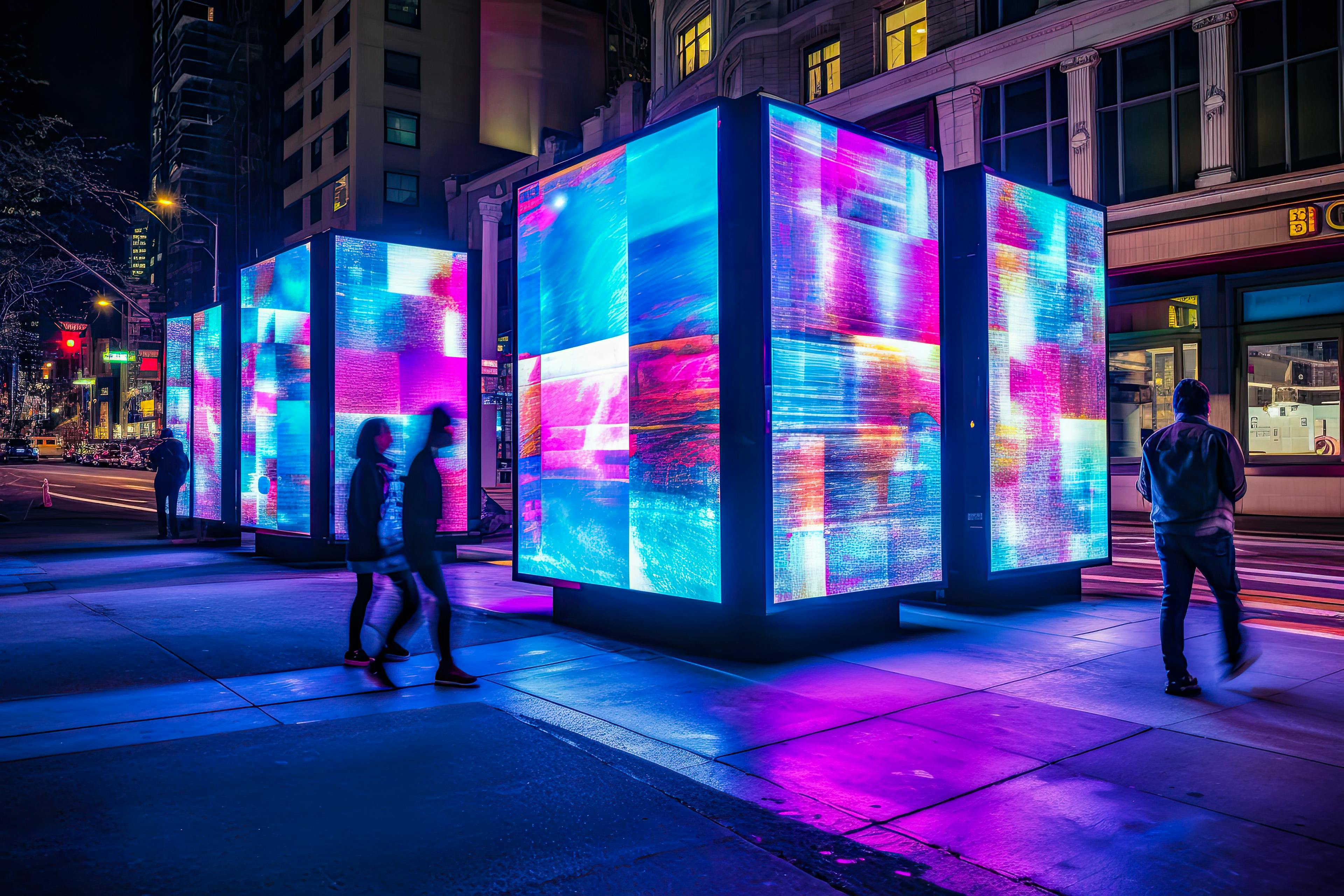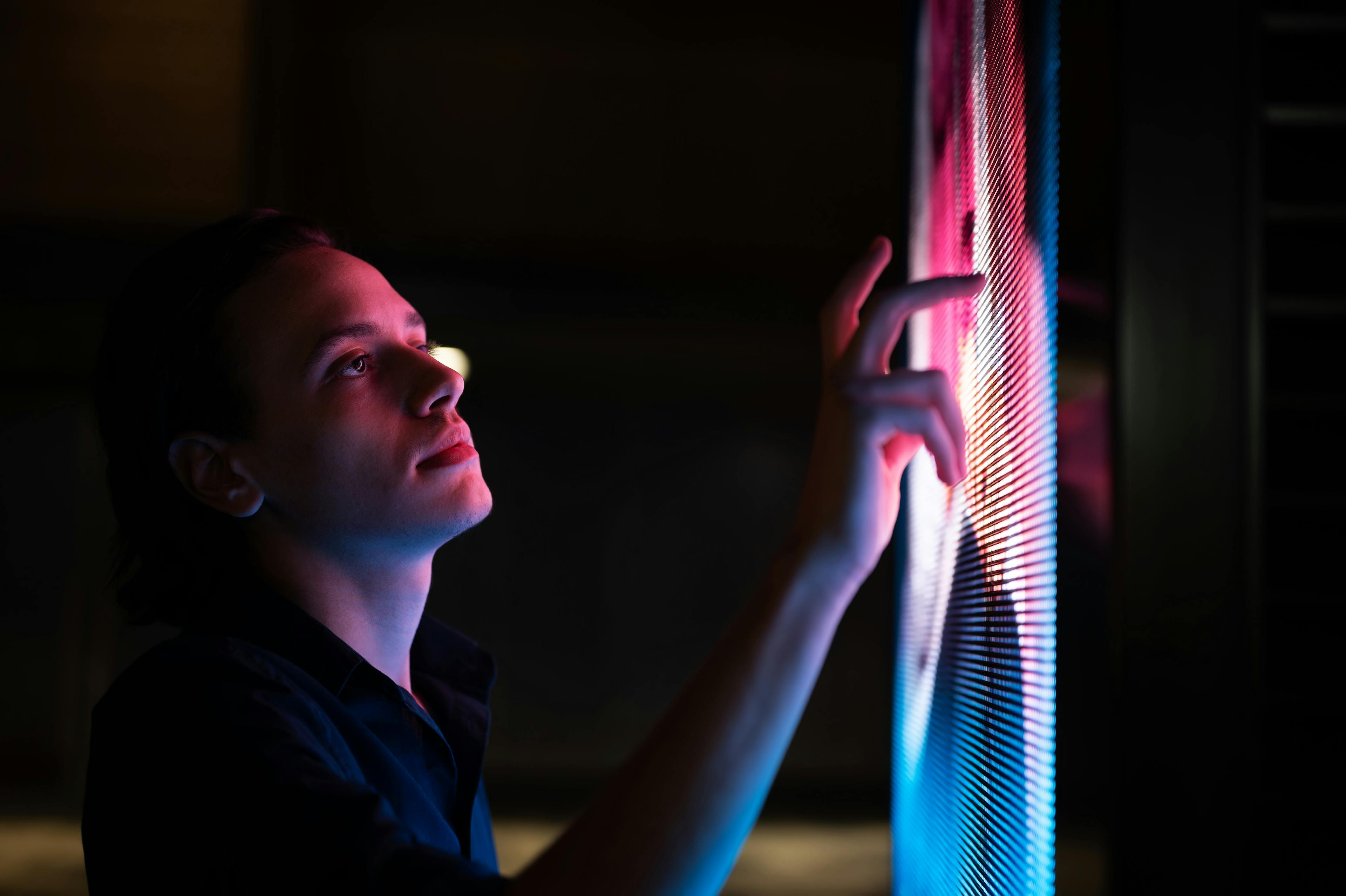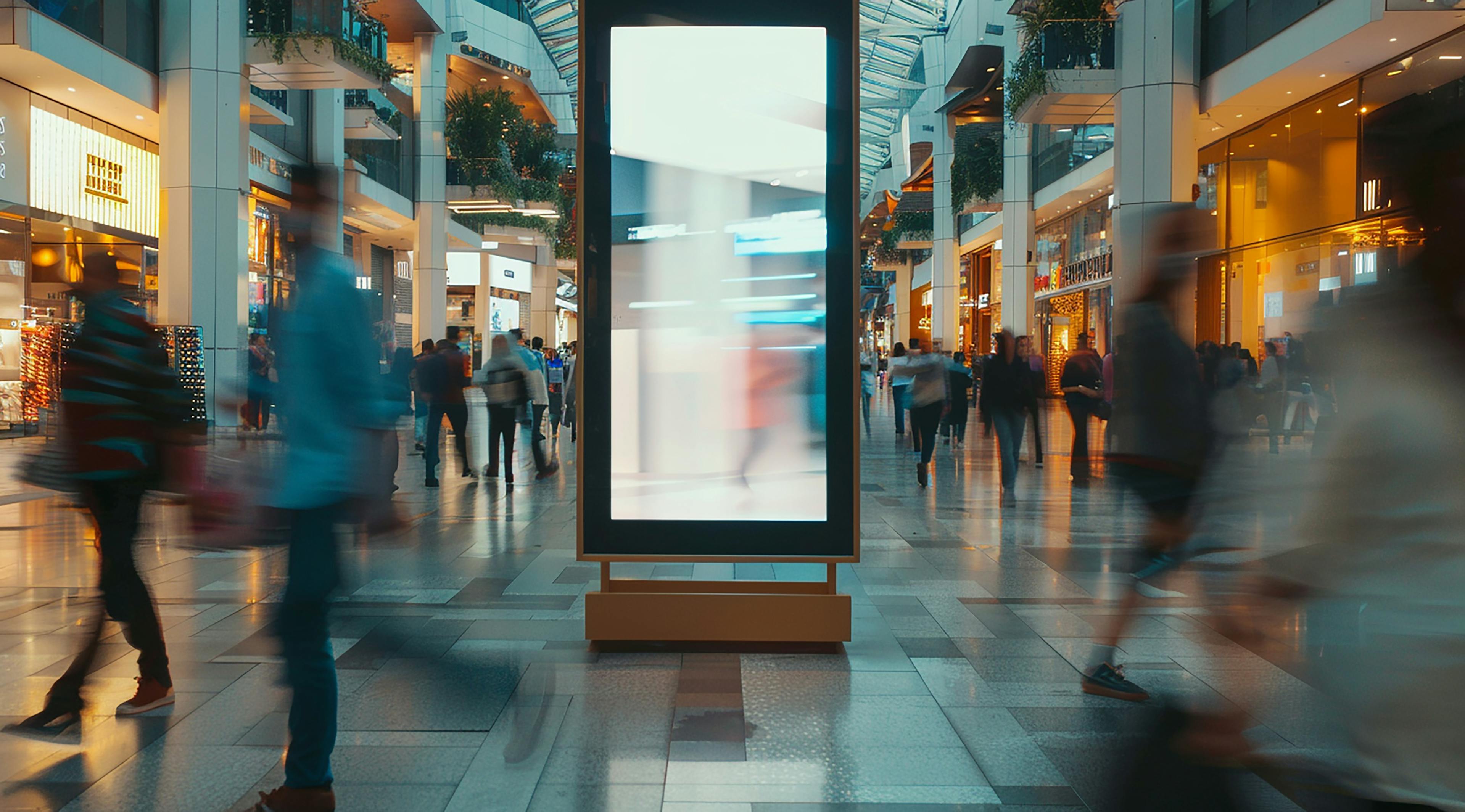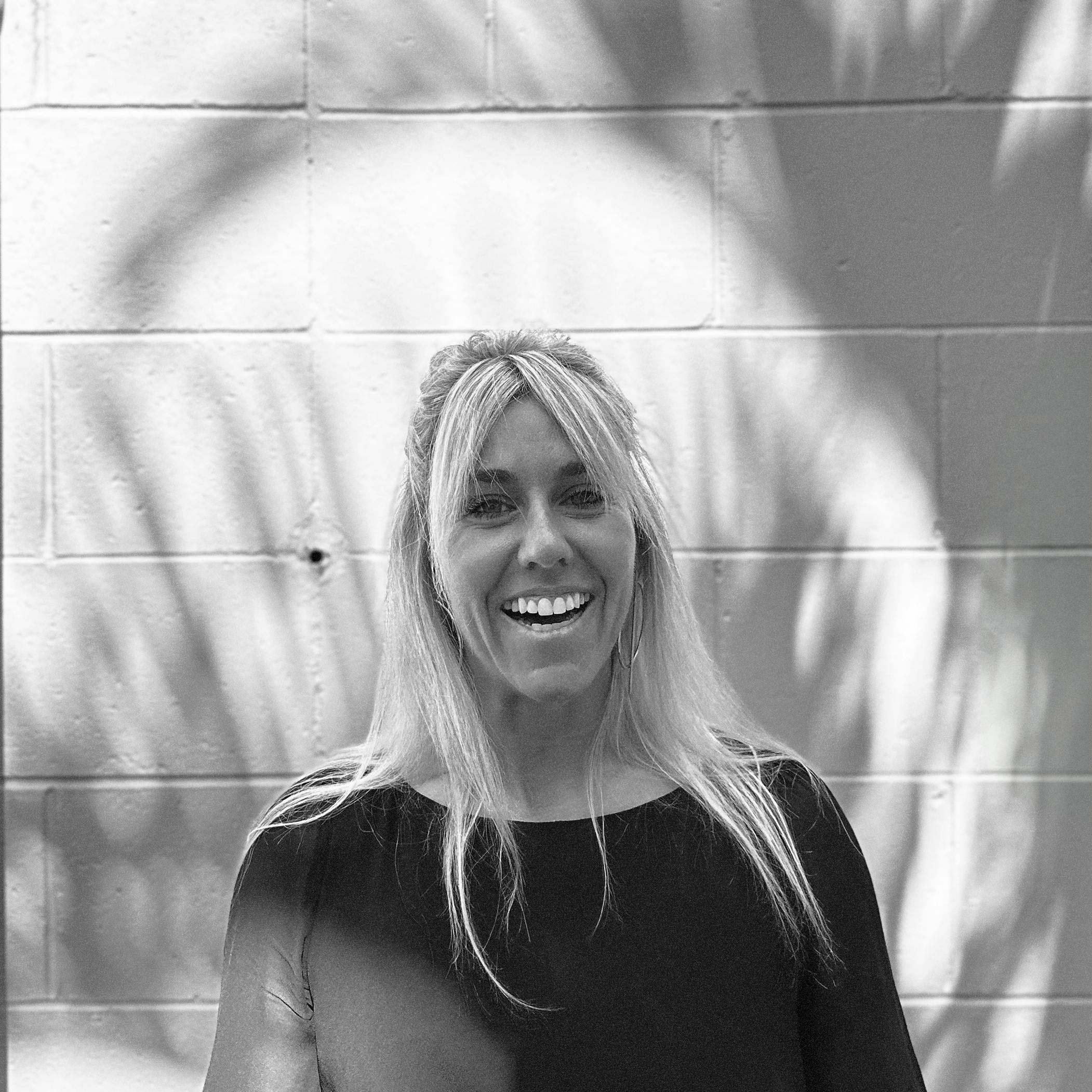
Could programmatic advertising be the competitive edge you’re missing?
Could programmatic advertising be the competitive edge you’re missing?
Media

August 27, 2025
By Anna Kertesz
Link copied!
Programmatic is on the rise, becoming a crucial part of clever advertising strategies, particularly for brands pivoting away from third-party cookies and turning to data-driven solutions.
In fact, according to Statista, programmatically sold ads are projected to hit $779 billion by 2028. That’s a 42% jump from 2023.
It’s no surprise, really. Programmatic helps brands make swifter, smarter decisions about where their ads show up and who sees them.
So if it’s this powerful — could it be the competitive edge your brand’s been missing?
Let’s take a closer look at how it works, the benefits, and why it’s a go-to for brands looking to get ahead.
First, what is programmatic advertising?
Programmatic advertising automates the process of buying and placing ads across digital channels. Instead of manually negotiating and planning every ad like in traditional media buying, programmatic uses technology to target the right people at the right moment across websites, apps, digital billboards and streaming services.
But beyond automation, programmatic offers something bigger — precise targeting and real-time optimisation that makes sure your budget is working as hard as it can.
Programmatic doesn’t only save you time. It uses data to maximise the impact of every dollar you spend.

How it works
Programmatic advertising offers multiple ways to buy ad space. Here’s how each method works:
Real-time bidding (RTB)
RTB is an open auction where ad space is bought and sold in real time. Multiple advertisers bid on the same ad slot, and the highest bidder gets their ad shown. The price depends on demand at that moment, and everything happens swiftly, ensuring quick, targeted placements.
Private marketplace (PMP)
PMP is an invite-only auction where premium ad inventory is available to select advertisers. Unlike open auctions, PMPs give brands more control over placements and pricing. They also offer access to high-quality, exclusive ad space with more transparency and security compared to open exchanges.
Programmatic direct (PD)
Programmatic direct (also known as programmatic guaranteed) allows you to buy ad space directly from publishers without bidding. You get guaranteed impressions at a fixed price, similar to traditional direct ad buying, but with the efficiency of programmatic technology. These deals can secure high-quality placements on platforms like Foxtel and Spotify, or major broadcast networks like Channel 9, 10, and SBS.

So, what are the benefits?
1. Precision targeting
Gone are the days of mass targeting. Now, you can pinpoint your audience based on everything from demographics (age, gender, location) to behavioural data (online habits, purchase history), even down to where they are at any given moment (geo-targeting). Your brand can also access quality third-party data sources like Nielsen, Eyeota and Experian, making it easier to reach the right people at the right time.
For digital out-of-home (DOOH), some programmatic platforms now offer heat maps that provide real-time traffic data for specific locations, like intersections or shopping centres. You can then target high-traffic areas more precisely, putting your ads where they’re most likely to be seen. This level of detail gives you a big advantage, letting you adjust bids based on live traffic patterns and get more value from your outdoor campaigns.
Programmatic also lets your brand follow customers across different platforms and channels. Say someone sees your display ad on a website — you can then show them a broadcast video on demand (BVOD) ad when they're watching streaming content. Or if they've already watched your BVOD content, they might see a follow-up display ad when they're browsing elsewhere online. This creates a connected experience where your messaging stays consistent and relevant, guiding people through a cohesive journey with your brand instead of hitting them with random, unrelated ads.
2. Cost-efficiency and flexibility
One of programmatic's biggest advantages is that you only pay for what works. Depending on the platform and audience, programmatic buying can be more cost and time-efficient than traditional buying.
RTB ensures that you’re getting the best price for each ad impression based on what the market dictates at that moment. This means you’re not paying for overpriced inventory or wasting budget by showing ads to people who are simply not interested. You can even set cost-per-mille (CPM) caps to prevent overspending, even in competitive spaces like broadcast video on demand (BVOD).
Brands using RTB for programmatic video ads can stretch their budget further by setting bids based on peak viewing times, ensuring they’re paying for impressions that drive results without blowing the budget.

3. Real-time optimisation for a better ROI
Unlike traditional campaigns, which can take weeks or months to adjust, programmatic allows you to optimise on the fly. If one part of your campaign isn’t performing as expected, you can tweak your targeting, reallocate your budget, or change creatives in real time to improve results.
For example, brands can drop creative in and out of a campaign in minutes or pause and reactivate based on real-time consumer behaviour. With this flexibility, you're always improving campaign performance and maximising your ROI.
4. Cross-platform reach from one place
One of programmatic’s biggest strengths is that it works seamlessly across multiple platforms. Whether you’re targeting audiences through DOOH billboards, BVOD, or audio streaming, programmatic allows you to run one integrated campaign with data flowing across multiple channels.
For example, audio on demand (AOD) is a growing part of programmatic strategy. Instead of just running ads on a single platform like Spotify, AOD enables you to place ads across multiple audio services, including Spotify, SoundCloud, Apple Music, Amazon Music and Tidal. This makes sure your audio ads reach listeners no matter where they consume content, giving you more reach for less effort.
Programmatic lets brands run unified campaigns across DOOH, BVOD and audio, so consumers receive consistent messaging whether they're driving, streaming or listening to music.

5. Transparency and control
With programmatic, you know exactly where your ads appear, how they’re performing and how much they’re costing you. This transparency allows you to make data-driven decisions about where to allocate your budget and how to optimise future campaigns.
Unlike traditional media buys where placements can be opaque, programmatic provides full visibility — so you can confidently plan, execute and refine your strategy.
Top tip: Use real-time data from programmatic campaigns to identify top-performing channels or regions and double down on those areas for even stronger results in future campaigns.
6. Engaging creative formats
Programmatic puts a range of rich media formats at your fingertips that can go so much further than static banners.
Take dynamic ads, for example. They can change based on real-world triggers like the weather or time of day, while video ads deliver high-impact storytelling. Sticky ads stay visible as users scroll, while floating ads hover over content to keep your message front and centre. You can even take engagement up a notch with interactive formats like gamified ads, encouraging users to interact directly.
Ultimately, these ad formats are more engaging for audiences and can significantly improve your campaign performance.

Get the most from programmatic
In a world where attention is scarce and budgets are tight, programmatic is how brands can stay agile and get ahead. With so many benefits to tap into, now’s the time to jump on the programmatic bandwagon, regardless of whether you’re a small business or a global brand.
If you’re wondering how programmatic advertising can work for your business, let’s talk.
Link copied!


